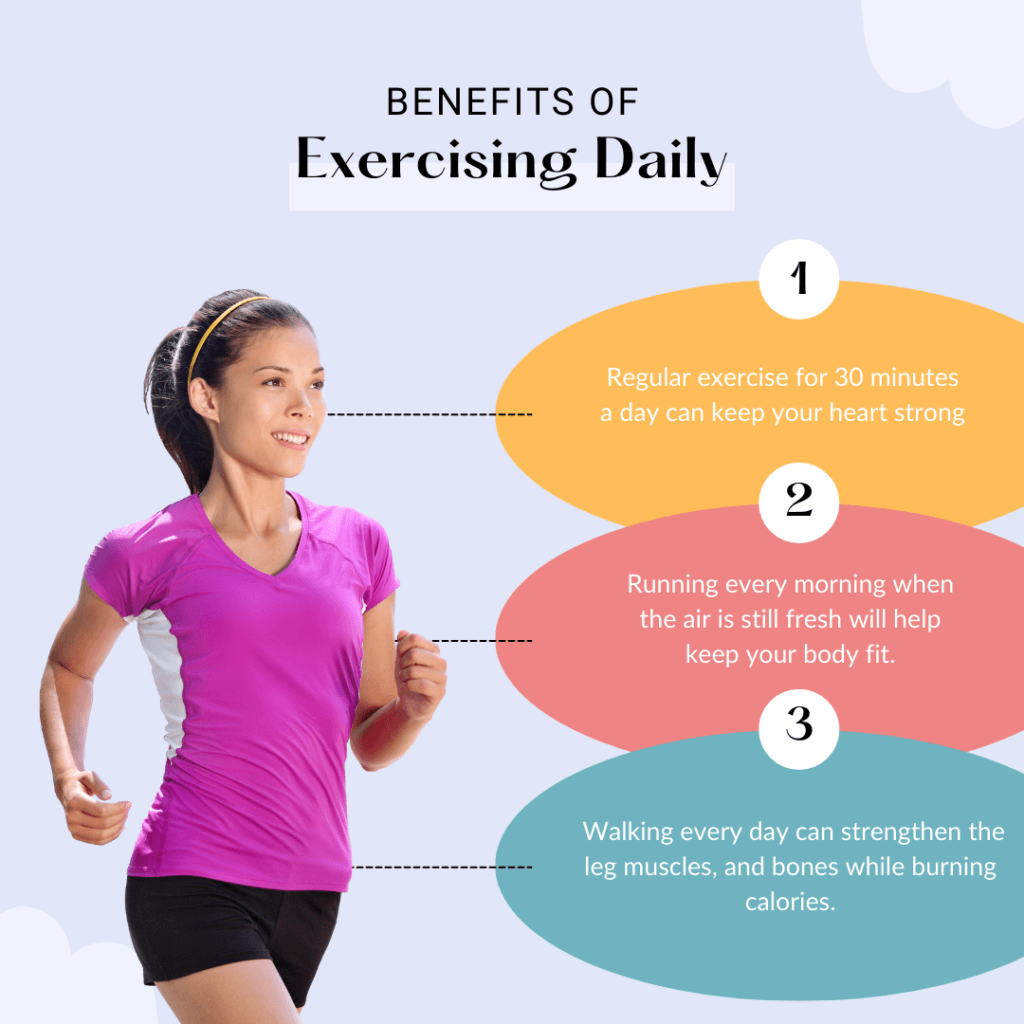This is the big question, because until you define “what is being healthy?” how can you seek, achieve and maintain health? That is what this article is about, defining the set of habitual actions and decisions that will support and help maintain optimal functions of life and living as a human being. So if you want to know ‘how to be healthy’, read on.

Capturing The Essence of Health: A Holistic Perspective
Definition of health: Being healthy is not merely the absence of illness (WHO); it is a dynamic state that encompasses physical, mental, spiritual, and social well-being and optimal functioning in all these spheres. In this article I delve into the multifaceted dimensions of health and being healthy. We will be exploring how intention action may lead to “being healthy.”
1. Physical Health: The Foundation
Physical health and fitness form the bedrock of our overall well-being. It involves deciding and acting to nurture our bodies and the environment, ensuring they function optimally. Here are some key aspects in reaching and maintaining physical health:
Balanced Nutrition: A healthy diet is one that provide all the essential nutrients in their right proportion to our bodies’ needs. To do this we need a variety of foods—whole grains, lean proteins, fruits, and vegetables to provide essential vitamins, minerals, fiber, and energy. Good hydration, too, plays a vital role.

Imagine our bodies as intricate machines; the fuel we provide helps determine their efficiency. How food is cooked or processed may destroy most of the nutrients through high heat, added chemical and other processes. While food taken as close to its original state as possible will best nourish the body cells and systems. Dried foods and whole food supplements may also help support physical health and nutritional status. Here is a good source of whole foods supplements that helps you ensure you are having more balanced nutrition when over farmed lands are yielding less than optimal fruits vegetables and other foods.
Regular Exercise: Movement is an essential sign of life. Whether it’s brisk walks, laughter with abandon, yoga sessions, or lifting weights, exercise keeps our muscles and bones strong, joints flexible, and cardiovascular system robust. It’s not just about aesthetics; it’s about vitality. And exercise in open air and sunshine is preferred to promote the body’s production of vitamin D under the skin.

Adequate Rest: Sleep is our body’s reset button. During those quiet hours, tissues repair, memories consolidate, and hormones balance. Lack of sleep disrupts this delicate equilibrium, affecting our mood, cognition, and immune function. Our most beneficial sleep is in the dark at night in order to produce adequate melatonin that helps control blood pressure, reproduction, and weight fluctuation.

Additionally, taking time for regular leisure, relaxation, weekly sabbath rest and the ebb and flow of daily activities of life allows for balance and sustainable energy production and use.
Avoidance Of Harmful Substances And Use Of Good Stuff in Moderation: Tobacco, alcohol, pollution, and recreational drugs have proved corrosive to our health. Saying no to these harmful substances is an act of self-love, self-care, and self-preservation. Similarly, so does saying no to overindulgence of good food, drinks, work, and other physical activities. Our lungs breathe easier, our liver rejoices, and our minds remain clear. A balanced approach to life involves judicious use of health promoting activities, food and other substances.
2. Mental Health: The Inner Landscape
Our minds are like intricate gardens, requiring tending and nurturing. Mental health is not a luxury; it’s a necessity. Here’s on outline of what it entails:
Emotional Well-Being: Acknowledging our feelings of joy, sorrow, anxiety and even those we find hard to describe is essential. Emotional intelligence allows us to navigate life’s storms with grace and the right tools needed to persevere and overcome. And importantly, seeking peer support, pastoral care, or professional help when needed is a sign of strength, not weakness.

A Positive Attitude: Choosing optimism isn’t blind denial; it’s about resilience. As a positive mindset helps us weather setbacks, find silver linings, and bounce back. It’s the art of celebrating rainbows even during the storm.
Mindfulness and Stress Management: In our fast-paced world, mindfulness is an anchor. Breathing deeply, observing our thoughts without judgment, and practicing gratitude to God and to others keep our minds centered. Stress management techniques—be it meditation, hobbies, or laughter—may also help prevent or reduce the risk of burnout.
3. Social Well-Being: maintain the tapestry of connections with others
Humans thrive in communities. Social health is about weaving meaningful relationships and contributing to the collective fabric:

Relationships
By valuing family, friends, and companionship above things, these bonds nourish our souls. A heartfelt conversation, a shared meal, or a warm hug—they all contribute to our health and sense of well-being.
Support Systems
Within social relationships we cope better when life throw us curveballs. Having a safety net of people who listen, empathize, and stand by us is invaluable. We’re not solitary islands; we’re like interconnected constellations. We are stronger in interdependent relationships.
Engagement and Purpose
Giving and forgiving are two of the most (mental) health boosting things a person can do. Being part of something larger such as a cause, a community project, or volunteering helps give life meaning. Purpose fuels our days, making them rewarding when we expend ourselves.
The Dance of Wholeness
Being healthy is a dance—a rhythm of body, mind, and soul. It’s savouring a ripe peach, laughing with a friend, and feeling the sun on our skin. It’s acknowledging our imperfections, seeking growth, and embracing life’s uncertainties. It’s not a destination; it’s the journey—the beautiful, messy, extraordinary journey of wholeness.
So let us dance—our hearts beating, our minds soaring, and our souls intertwined with the universe. For in that dance lies the essence of health. Sometimes we fall and even break, but the search for healing is innate in all of us. That intentional action is what being healthy is all about, always reaching out for stronger minds, bodies, and relationships.
4. Equilibrium, Homeostasis, and Holistic Health: A Journey Through Life
Equilibrium and Homeostasis
Earlier we mentioned equilibrium and here we will look closer at how it works. It is similar to Homeostasis, which is the body’s remarkable ability to maintain a stable internal environment despite external changes. It ensures that essential physiological parameters remain within narrow limits. Here are some key points:
Temperature Regulation: Our core body temperature hovers around 98.6°F (37.0°C). When it deviates, negative feedback loops kick in to restore balance. For instance, if we’re too hot, we sweat to cool down; if too cold, we shiver to generate heat.
Blood Glucose Control: The pancreas secretes insulin and glucagon to regulate blood sugar levels. These hormones ensure that glucose remains within optimal ranges.
Our body’s pH Balance: Our blood maintains a slightly alkaline pH (around 7.4). Buffers and kidney function help maintain this delicate balance.

Electrolytes and Ion Concentrations: Sodium, potassium, calcium, and other ions are tightly regulated. Imbalances can disrupt nerve function, muscle contraction, and overall health.
A Holistic View of Equilibrium
Equilibrium extends beyond individual parameters. It’s about harmony among body systems, emotions, and spiritual well-being. When we achieve equilibrium, we thrive. On the other hand, overwhelming stress and disease may force the body and mind to compensate to maintain a healthy state of being. And prolonged stress and disease leads to decompensation over time, that requires lifesaving intervention for life to continue.
5. Markers of Health Throughout the Life Cycle

Pregnancy and Infancy: Good nutritional state in pregnancy means adequate maternal nutrition supports fetal development and viability. As infants grow and achieve milestones these help to track physical and cognitive growth and development. This ensures early detection of deviations from healthy development.
Emotional Bonding: during child development secure attachment fosters emotional well-being. The parent-child bonds support resilience, interdependence, and independence.
National and political public health interventions: support people and families with disease prevention initiatives outlined below: In childhood and adolescence nutrition and exercise are supported, as balanced diets and physical activity lay the foundation for lifelong health.
Immunizations: interventions for protecting against communicable diseases helps prevent future complications. While mental health support initiatives help to nurture resilience and coping skills.
In adulthood and middle age cardiovascular health monitoring includes screening and assessment of blood pressure, cholesterol, and heart function. And as age increase the risk of cancer, screening is encouraged as regular screening means early detection and more chance of successful treatment. Bone Health is also promoted through adequate physical activity, and calcium and vitamin D intake.
In the senior years mobility and strength maintenance preserves muscle mass and bone density, while cognitive function and health may be supported by mental exercises, social engagement, and brain health. Stress management and coping mechanisms help with life’s challenges in the senior years.
6. Spiritual Well-Being: Finding purpose, connection, and inner peace.
Often overlooked, spiritual well-being and wholeness gives purpose and direction throughout all stages of life. Spiritual belief in divine providence provides the mainstay and direction that gives us peace in the final moments of this life.
Connection to God: connection to God assures us of peace after this life ends. Inner peace in maintained in spiritual practices like meditation on sacred scriptures and prayer foster tranquility.
Sacred practices in daily life, such as gratitude, cultivates appreciation for life’s blessings. Spiritual rituals and genuine worship create moments of sacredness that transcends the everyday ups and downs of life.
In Summary
Steps to being healthy includes seeking knowledge about what is involved, making decisions based on knowledge and evidence, and the taking habitual action to achieve and maintain optimal functioning in life. In the dance of equilibrium, physical health, mental well-being, and spiritual wholeness interconnect and overlap. Let us embrace this journey toward holistic health, honoring every stage of life with grace and intention.
Check out these references to learn more:
- khanacademy.org
- theenlightenmentjourney.com
- Ministry of healing by E. G. White
